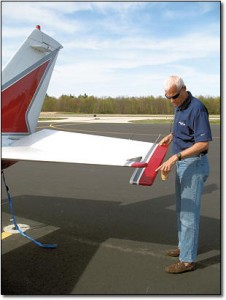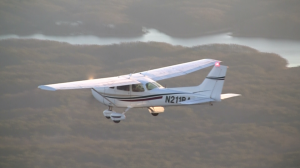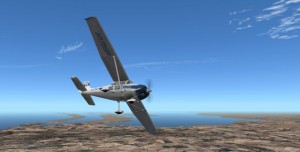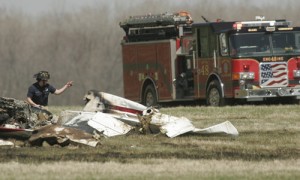The following is a post by Bob Martens of the “Pilot Workshop tip of the week”.
You can get PilotWorkshops Tip of the Week free at http://pilotworkshop.com/tips.htm
Subscriber Question:
“What should you do if you encounter any kind of flight control problem in-flight (aileron, rudder, etc.)?”  Mike R.
Mike R.
“Any flight control issues are VERY serious. Don’t hesitate to declare an emergency with ATC. They can help you a lot!
Ideally, they are discovered on the ground, which leads me to my first key point. Preflight all flight controls as if your life depends upon it! Move all the flight controls through their complete travel looking for binding or other issues. Visually ensure that all are fully secured at their hinge point. Look for evidence of any rubbing or binding on adjacent surfaces. When you perform your flight control check before take off, make sure you take them through their full range of travel and visually check proper response.
If you experience flight control difficulties inflight, you will need to accomplish a controllability check. Hopefully you are at an altitude that gives you some safe margins to operate! If able, climb to a safer altitude. You will need to determine just how much capability you have. As a minimum, you need enough capability to safely put the aircraft on the ground. While ensuring safe margin over stall, slow the aircraft to see how it performs at landing speeds. You might have to carry more airspeed than normal for landing. Not a problem, hopefully you can find a longer runway if necessary. If turning is a problem, you’ll need to set up for a straight in approach and landing. Find out what you have working for you and what you have lost. Once you know this, you can safely formulate a plan for getting the aircraft on the ground.
Find the longest runway in the area, choose an aim point safely down the runway, and control your descent and speed within the parameters you have determined that work.”
Taking an extra few minutes to do a detailed inspection during your preflight can save your life. What may seem to be a small inconsiderate issue that you may choose to over look could cause catastrophic results. 5000′ is not the place to realize you have a problem.
Learn more at the http://pilotworkshop.com/tips.htm
Tommy Eldridge
www.PrivatePilotInsider.com







